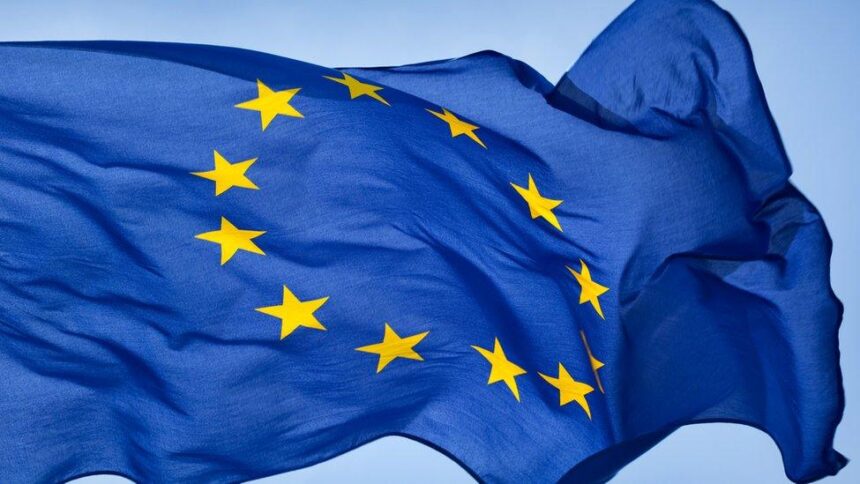Every so often, we encounter a term or code that feels out of place—but intriguing. One such phrase making quiet rounds across forums, logs, and metadata fields is EU-NENCfzs8. At first glance, it looks like a machine-generated ID. But dig a little deeper, and it becomes a symbol of how digital systems, regulation, and regional codes intersect.
Whether you’re a developer, digital researcher, or just someone curious about random strings online, understanding terms like this helps you make sense of the ever-expanding data universe. So, what might EU-NENCfzs8 actually mean?
Breaking Down the Structure
The term EU-NENCfzs8 appears to be a compound of a regional tag and a unique identifier.
-
EU likely refers to European Union, especially in technical and compliance contexts
-
NENCfzs8 seems like a system-generated hash or user/session ID—common in data tracking, app usage, or regulatory logs
Together, the string could represent:
-
A metadata reference tied to user actions within an EU-regulated space
-
A log event from a server or compliance system
-
A token ID issued for authentication, security tracking, or internal audit
This kind of structure is often found in backend systems for platforms that must follow GDPR (General Data Protection Regulation) standards or report data securely within European networks.
Where You Might Encounter It
Terms like EU-NENCfzs8 don’t usually show up in headlines—but they appear in:
-
Error logs and crash reports
-
Compliance audit trails
-
Platform usage summaries
-
Tracking metadata in cloud apps
If you’ve ever downloaded your data from a large app or opened a debug log, you’ve likely seen similar codes. They’re not meant to be human-readable but can carry critical value in backend processing.
Developers, QA engineers, or compliance teams might use these identifiers to trace activity, verify data handling, or troubleshoot errors in secure environments.
Why This Matters in Today’s Internet
With rising concerns over privacy, transparency, and digital accountability, platforms operating in or serving the EU market must maintain meticulous records of how user data is handled. Codes like EU-NENCfzs8 are likely tied to internal logging systems created for:
-
Verifying compliance with regional laws
-
Tracking user events without exposing personal data
-
Supporting technical audits or platform updates
This way, companies can align their data systems with regulatory expectations while keeping identifiers unique and untraceable to the average user.
Could It Be Part of a Broader Dataset?
Possibly. Many global platforms—social media networks, ad tech firms, cloud storage services—use anonymized tokens like this to reference:
-
User sessions
-
Content access points
-
API requests or system responses
They may form part of a data warehouse, helping sort through massive volumes of real-time digital interactions. Identifiers like EU-NENCfzs8 are efficient, unique, and flexible across various system environments.
Their format ensures that even if exposed in a report, there’s no direct risk to user identity or private information.
The Role of Region Codes in Digital Infrastructure
The “EU” prefix highlights another important concept—regional governance of data. As regulations tighten, especially in places like Europe, systems must label or isolate data based on geography.
According to Wikipedia, GDPR is one of the world’s strictest frameworks for data privacy, requiring clear consent, transparency, and accountability in how user data is handled.
Because of this, region-specific codes have become critical to backend infrastructure. They allow organizations to:
-
Route data through compliant servers
-
Apply different privacy protocols based on region
-
Prove regional data residency if challenged legally
EU-NENCfzs8, therefore, may not be just a random code—it might be part of a carefully built system to respect international laws.
What Does the “NENCfzs8” Part Mean?
While the second half of the keyword seems arbitrary, it follows a recognizable structure:
-
Upper and lowercase letters + digits
-
Randomized length, typical of hashed or encoded strings
-
Possibly generated via base64 or a UUID system
The use of such strings allows systems to tag actions, entries, or users without attaching personal data. This enables:
-
Anonymized analytics
-
Fraud detection without exposure
-
Data indexing in decentralized networks
It could also be an identifier generated by a content distribution network (CDN), used to trace sessions while keeping things efficient.
How to Interpret Similar Codes
Even if you never work in development, understanding what terms like EU-NENCfzs8 represent can help you:
-
Decode your own data exports
-
Spot secure vs. insecure platforms
-
Appreciate how seriously some platforms take regulation
-
Avoid panicking over random-looking strings—they’re often privacy tools
In a world increasingly run by data and automation, codes like these are everywhere—they’re just usually invisible.
Final Thoughts
Though it may appear obscure, EU-NENCfzs8 is the kind of digital artifact that quietly powers modern systems. It symbolizes:
-
Compliance with global privacy rules
-
Smart, anonymous tracking
-
Secure handling of digital identity
Whether it’s part of a security system, a log trail, or a user session ID, it’s a small reminder of the invisible scaffolding behind the apps and websites we use every day.
Understanding terms like these makes us more literate in the language of the digital world—and better equipped to navigate it with awareness and confidence.






